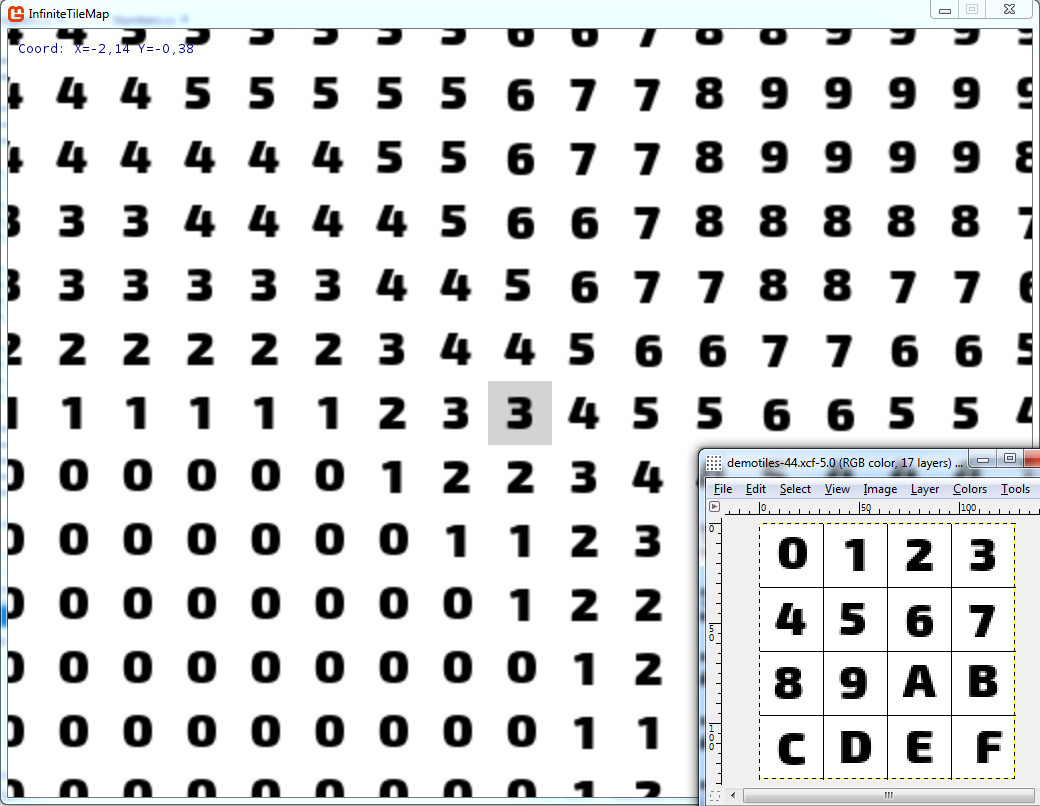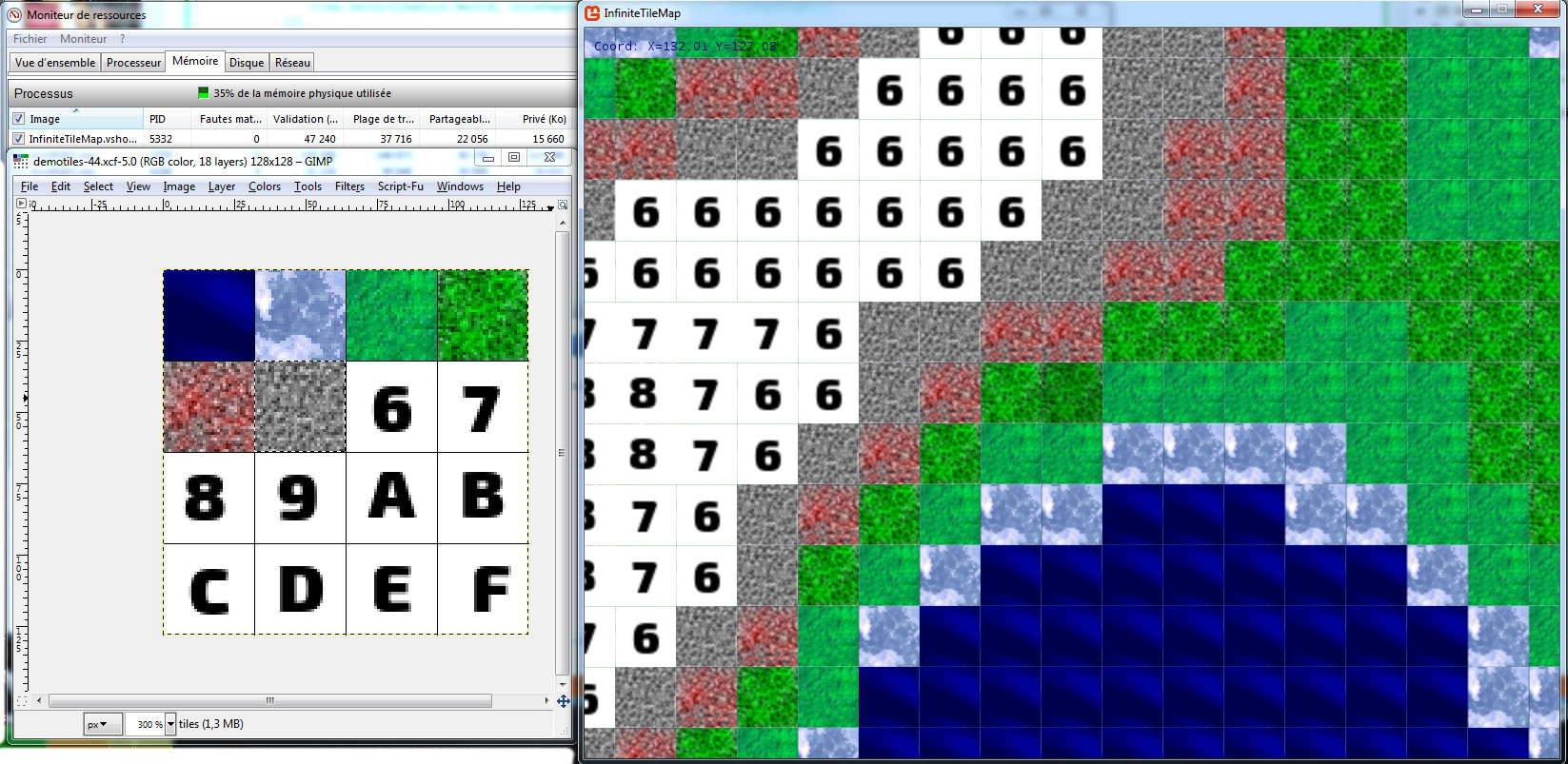Hi,
it's quite incredible how you kept focus on your game for so long, I saw the first posts compared to what you got now, it has been a long way ! Congratulations for that.
Regarding procedural generation, I don't know QBasic, you'll get great results using Perlin noise, even if you don't have ready-to-use library or code, it's not that's hard to implement. It generate very nice smooth patterns full of clouds that can be turned into mountains and water for a on-the-ground game (exploration/mining, RPG, whatever), in space like your game, you'd to decide which level is what, for instance you can generate value between 0 and 9 (after rounding up), each one could be bonuses, resources and some enemies.
It's also pseudo-random, so the same seed will always produce the same pattern, useful for testing.
Here is a little example of what I've made years ago in C# & MonoGame using hex numbers instead of tiles for debug (with SharpNoise library):

Like the quotes you add to your posts ;).
Cheers.


